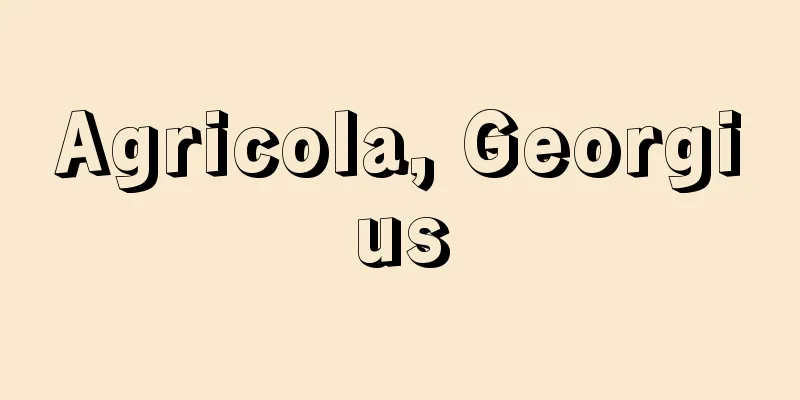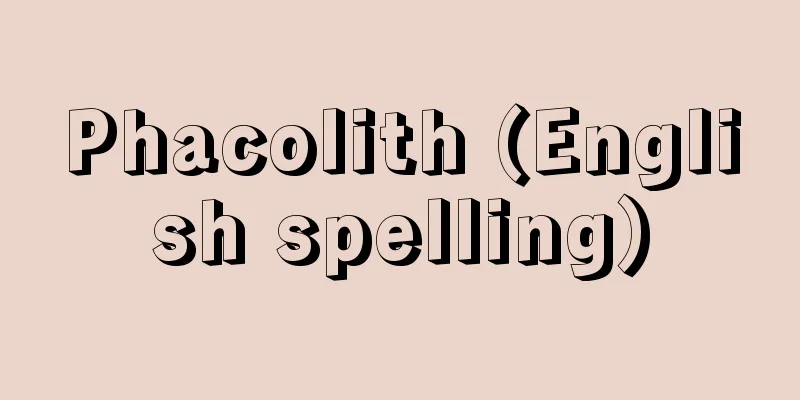Agricola, Georgius

|
Born: March 24, 1494 in Saxony [Died] November 21, 1555. Chemnitz German humanist and physician known for his research in mineralogy and metallurgy. German name Georg Bauer. After studying classics, philosophy, and philology at the University of Leipzig, he became a teacher of Latin and Greek (1518-22), then returned to the university to study medicine. However, he became disillusioned with the university, which had been devastated by theological disputes, and in 1523 traveled to Italy, studying medicine and natural philosophy in Bologna, Padua, and Venice. In 1526 he returned to Saxony and served as the town physician in Joachimsthal, a mining town with the richest mineral deposits in Europe at the time (27-33). During this period, he visited mines and smelters mainly for his pharmacological interest, and gained a wide range of knowledge there. In 1533 he became the town physician of Chemnitz, and in 1546 he became mayor. In several of his works, including his major work De re metallica, published posthumously, he discussed issues such as mine management, mining technology including drainage and ventilation, assay methods, ore dressing, and smelting technology, but his proposal of a method of classifying minerals based on geometric morphology is particularly worthy of calling him the father of mineralogy. He is also said to have been the first to distinguish between simple substances and compounds. Furthermore, his geological considerations regarding the formation of mineral veins generally extend to issues such as river erosion and mountain formation, and his wide-ranging knowledge based on keen observations can be said to have brilliantly marked the origins of the empirical tradition of modern science. Agricola |
|
[生]1494.3.24. ザクセン [没]1555.11.21. ケムニッツ 特に鉱物学,冶金学の研究で知られるドイツの人文学者,医者。ドイツ名 Georg Bauer。ライプチヒ大学で古典,哲学,文献学を学んだのち,ラテン語,ギリシア語の教師をしていたが (1518~22) ,その後大学に戻り医学の勉強を始めた。しかし神学論争で荒廃した大学に失望,1523年にイタリアへ旅立ち,ボローニャ,パドバ,ベネチアを転々として医学,自然哲学を学んだ。 26年にザクセンに戻り,当時ヨーロッパで最も豊かな鉱脈をかかえる鉱山都市ヨアヒムシュタールの町医をつとめ (27~33) ,この期間に,おもに薬物学的関心から鉱山や精錬所に足を運び,そこでさまざまの知見を得た。 33年ケムニッツの町医,46年市長となった。死後刊行された主著『デ・レ・メタリカ』をはじめとするいくつかの著作において,鉱山運営,排水や換気を含めた採鉱技術,試金法,選鉱,精錬技術などの問題を論じているが,とりわけ幾何学的形態による鉱物分類法の提唱は彼を鉱物学の父と呼ぶにふさわしい業績である。また単純物質と化合物の区別をしたのも彼が最初であろうといわれている。さらに鉱脈の生成に関する地質学的考察は,一般に河川の浸食作用,山岳の形成の問題にまで及び,鋭い観察に基づいた広範な知見は,みごとに近代科学の経験的伝統の起源を画したものといえよう。 アグリコラ
|
<<: Agrigento - Agrigento (English spelling)
Recommend
Submarine fan - kaiteisenjochi (English spelling) submarine fan
A semi-conical seafloor depositional landform that...
Pier Luigi Nervi
Italian architect and structural engineer. He had...
Burt Bacharach
American composer, conductor, and pianist. Born i...
Ogura Seizaburou - Ogura Seizaburou
1882-1941 A sexologist and philosopher from the T...
Gracchi Brothers - Gracchi Brothers
Two brothers who were reformist politicians from ...
kurc
…After the Ottoman Empire renounced its control o...
Nikko
[1] [noun] sunlight. ray of sunlight. ※Suga-ke Bun...
Archaic - Walking
…In addition to pottery, there are also small fig...
Yoseguchi - Kiko
In the Nara period family registers and account b...
African rice
This type of rice is cultivated in western Africa,...
Barclays Bank PLC (Public Limited Company)
A British bank holding company that includes Barcl...
Square - Heihou
The product of a number with itself is called the...
Song Young
North Korean playwright. His real name was Moo Hy...
Calf cramp
A slang term for tonic spasms of the calf muscles....
Shun Tung - Shan Tang (English spelling)
A fabric made with tussah silk threads for the wa...









